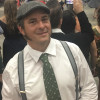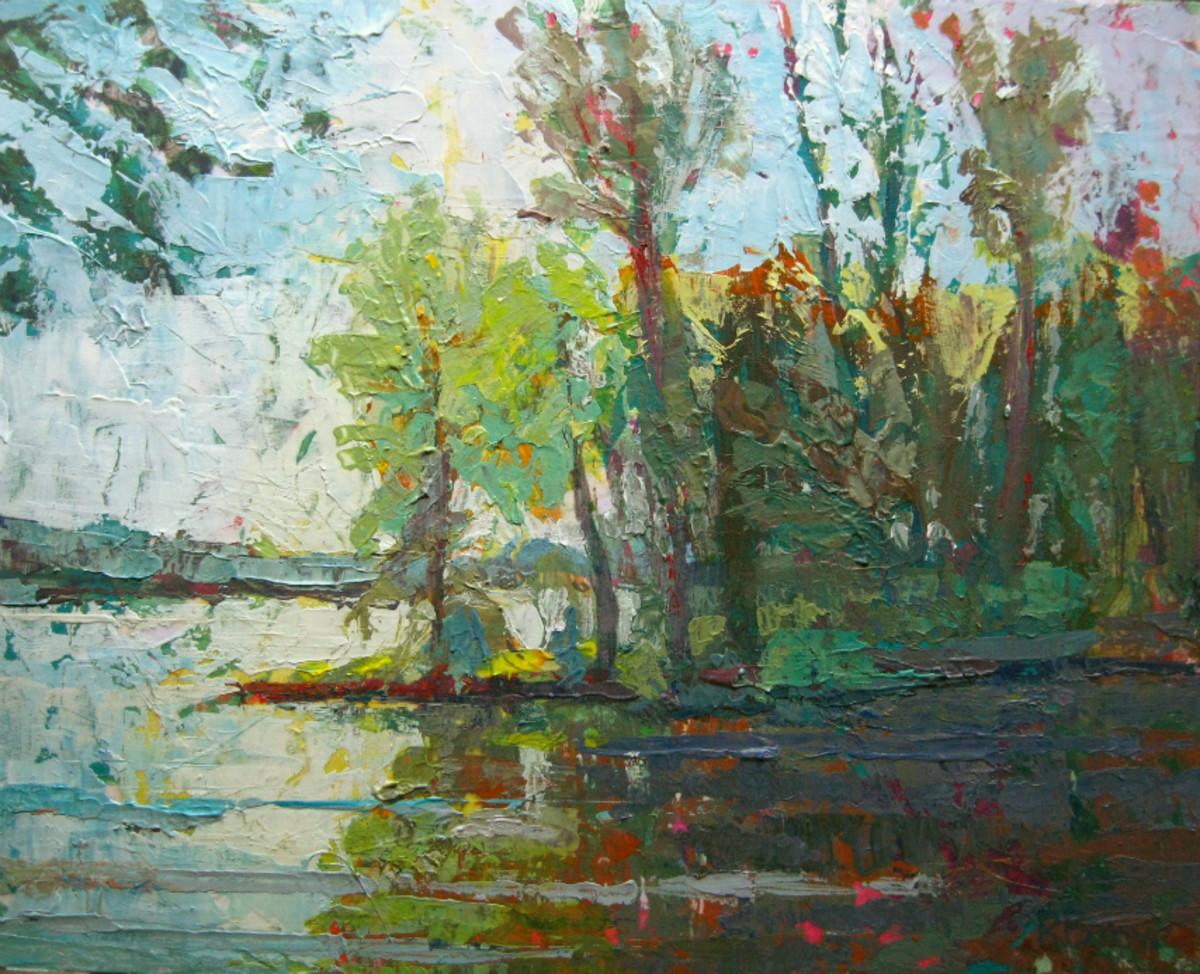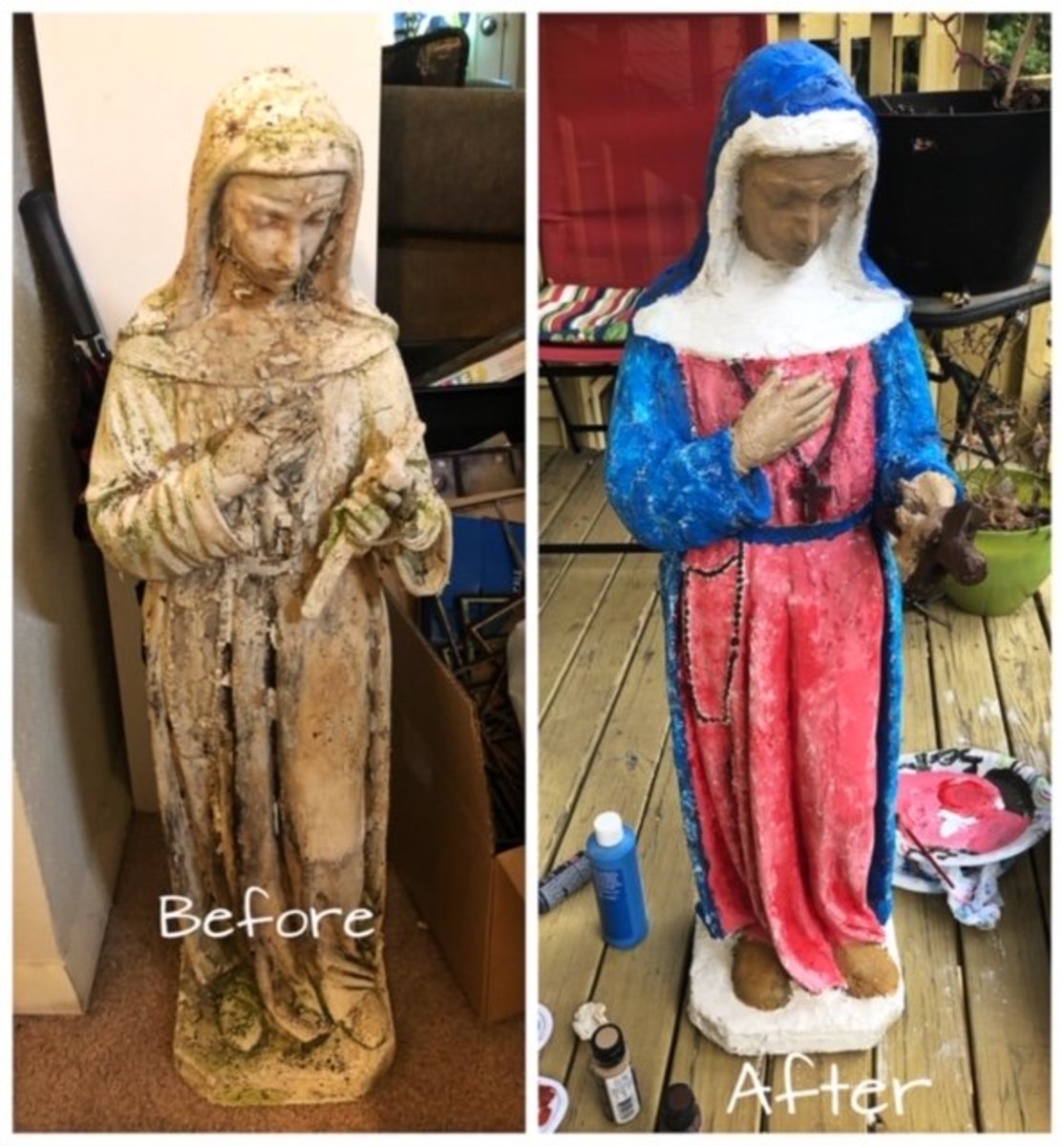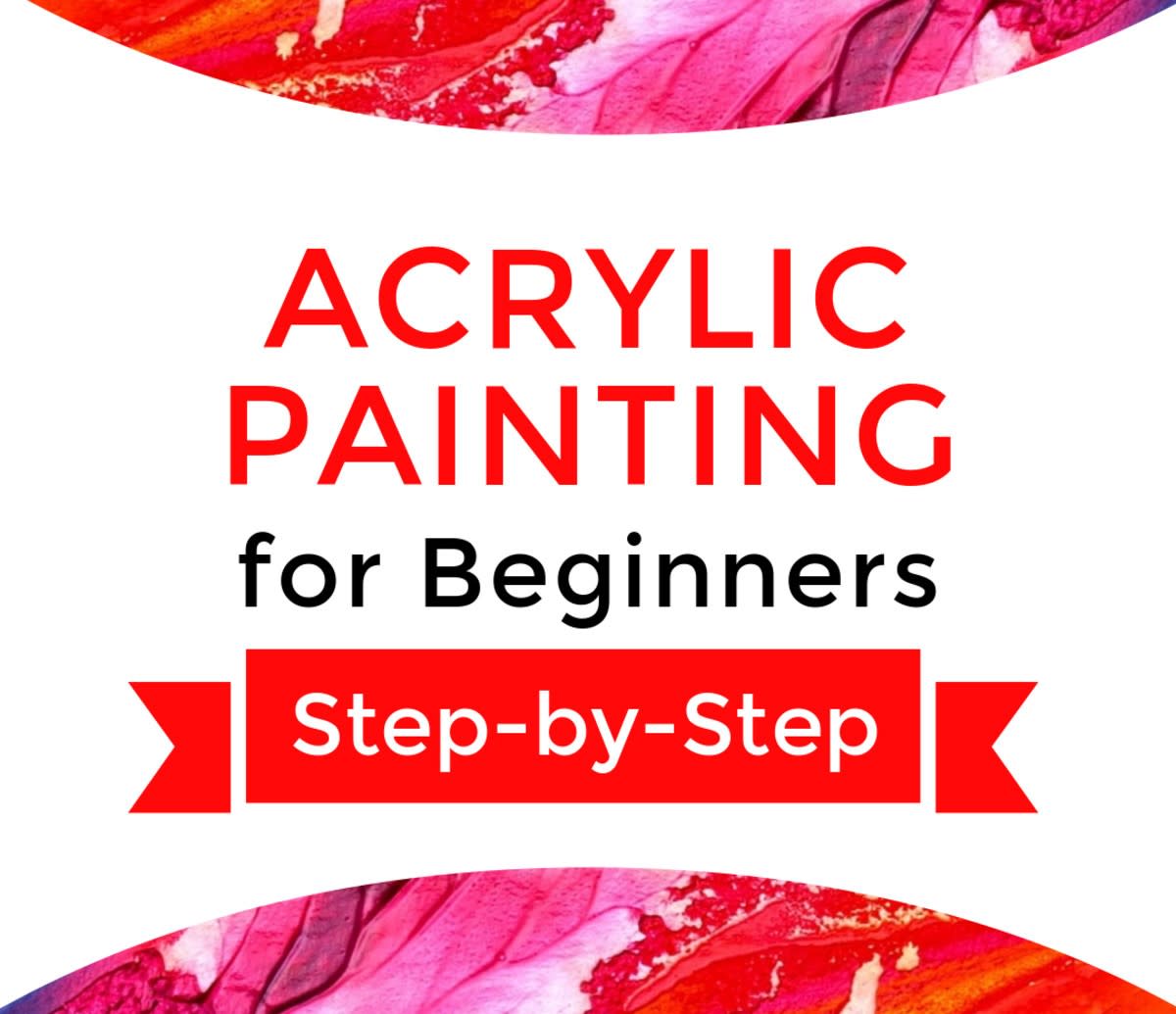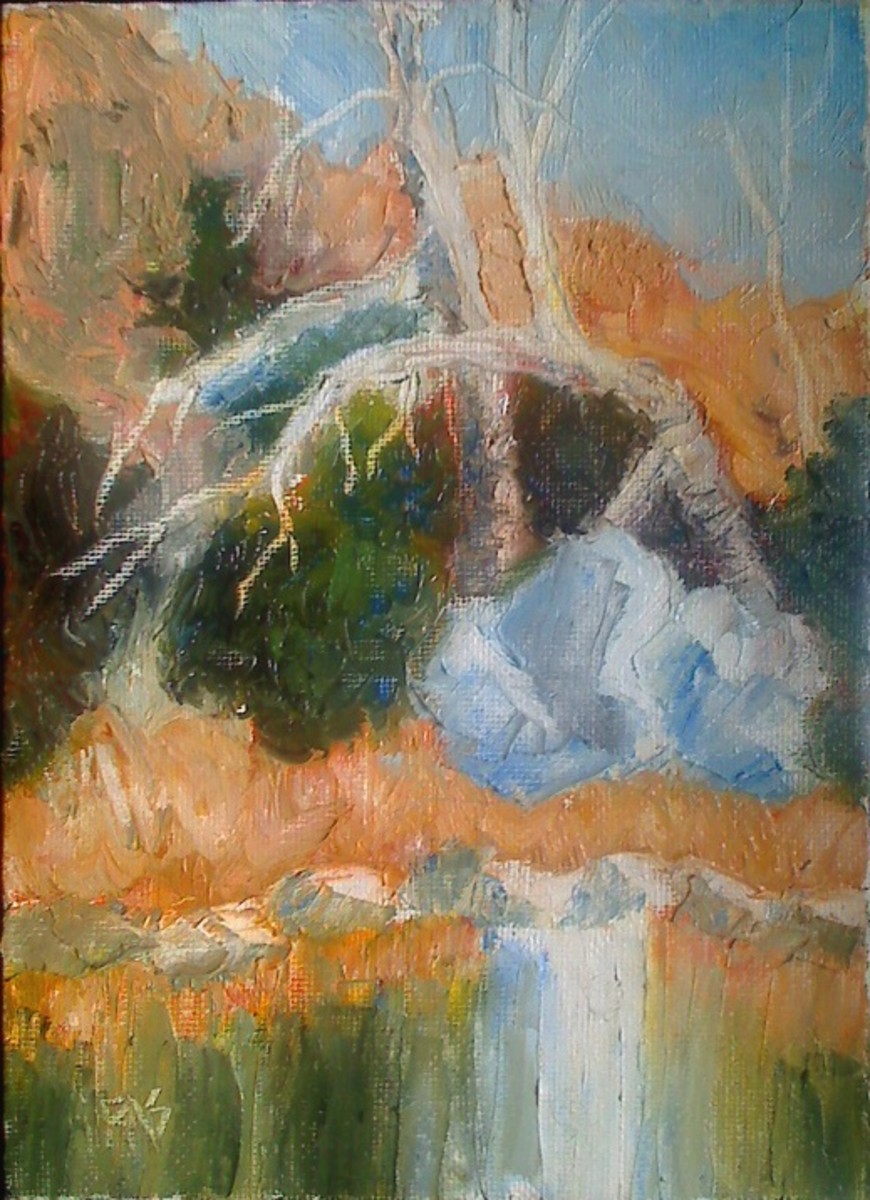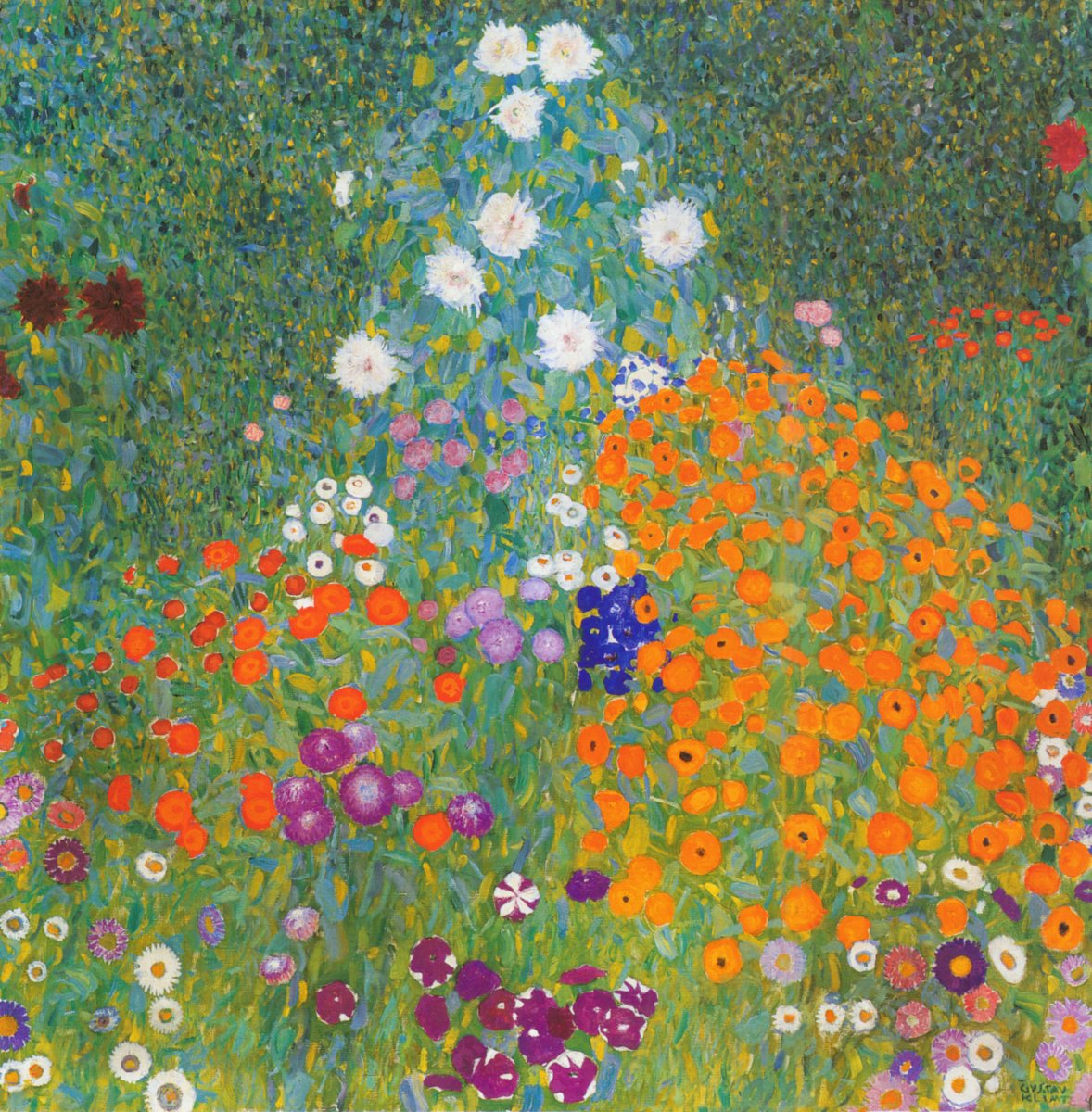How To Prepare A Canvas Painting With Gesso
Hi ho! Hi ho! It's off to gesso we go, wheew woo whee woo whee whoo whee whoo, Hi Ho, Hi HO!!!
You must prepare a canvas or any other painting surface first, before you begin to paint. If you don't an art historian will come to your studio and spank you with a boat oar.
Well, maybe not, but you really do need to prepare a canvas, board or paper first. "Why bother?" You ask presumptuously. Don't worry, I carelessly asked the same question many years ago. Here's why:
Gesso is what holds your painting up to the grinding weather of time. Gesso is the foundation for your art, it's what makes the difference between an heirloom piece and a disposable piece of art. Gesso is usually made of gypsum and/or Plaster of Paris and a specially formulated glue, usually a form of acrylic. Regular oil paints and acrylics will eat away at your painting surface over the years, especially oils. So it's important to create a solid ground to lay your paints upon. That way your oil painting will last hundreds, possibly even thousands of years. Instead of a few years or less, as the canvas begins to degrade and your art turns into dust.The good news is contemporary gesso mixtures are a technological marvel. Beginners gessos have less pigment and more fillers but still hold up to time. You might even find that gessoing your painting surface enlivens your surface and inspires you to paint differently.
I'm going to explain how I prepare my canvas, and flesh out a few variations below.
1. Build or buy stretcher bars. These are the wooden braces that hold the canvas. You can buy them prefab at an art supply store or you can build your own. I suggest eventually learning to build your own or hiring a carpenter to build them for you as the prefab bars are weak and can sometimes fail over time.
2. Stretch the canvas. Using thumbtacks or staples stretch the canvas around your stretcher bars. Not too tight, as the application of gesso will naturally pull the canvas.
3. Apply the first layer of gesso with just about any brush or roller. I usually use a regular hardware storehouse painting brush instead of my fine artists sables to save them from wear. You will want to thin out your first layer of gesso with water because the canvas will absorb the preparation like a sponge.
4. Apply several other layers. Some people like to wait at least a few hours between coats, other artists wouldn't dare put down another layer until the next day. Partly it depends on the humidity in the air and the temperature because this will determine how fast the gesso will dry and cure. After at least 3 coats, you can lightly and with a very fine grade of sandpaper, proceed to sand down a layer. This will give you an exceedingly smooth surface to paint on. My paintings generally have at least some impasto on them, so I usually don't care to sand them at all, but occasionally I might.
5. After you've applied at least one thin layer and two more thick layers take the canvas outside or to a brightly lit window and look at it from behind. Most likely you will see many pinpoint dots of light coming through. These are little monsters that you need to white wash. Some artists will go at these aiming with a brush from behind the canvas. I usually do not use the front and back approach. Most often I just add a couple more layers to the front. It's very important to saturate all of these pinholes as oil paint will find it's way to these and leak through to the back of the painting. The acids in the paint will eat away at the canvas, and the ravages of time will destroy your art expeditiously.
6. Once you're satisfied you've covered all the pinholes I suggest waiting a full twenty four hours before you start painting. This will give the gesso full time to cure and make your art that much more durable. But sometimes dammit, you just want to paint! So if you want just wait at least a few hours, then hop to it! The world needs more art now!
You must prepare a painting before you apply paint...
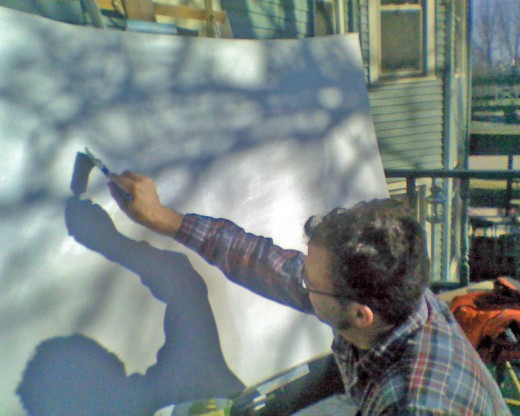
A few final words about preparing your painting surface
A couple other things you might want to remember. If you are a perfectionist, you will want to use the top of the line gesso not the beginners. Some artists like to also apply a layer of rabbit glue for more durability. You may also want to direct the roller or brushes in a horizontal grain for one layer, then a vertical grain for the next, sanding in between. This is a really anal-retentive measure in my book and not my style. But to each his own! Also, I try to always paint on canvas, it's the tightest painting tradition I hold onto!
Someday when I have a little more moolah, I would like to procure some actual hemp canvas, it's much more durable than cotton linen and contains natural preservatives in it. That's where the name canvas comes from, canvas = cannabis get it? Levi Strauss knew this when he sewed the first pair of blue jeans out of hemp canvas boat sails. But unfortunately, some irrational laws prevent using this natural wonder product at the time of writing this article due to artificially exorbitant prices. Two other surfaces to consider gessoing are board or paper. Some writers like to gesso a few of their journal pages, to give them something solid to create art on, what a great gesture! I've tried using Masonite high density particle board to paint on after a preparation of gesso. The action is interesting, but the end result is heavy, hard to hang on a wall without ripping the Plaster of Paris right off of your wall!
I hope this collection of directions has given you a hand in painting. The world needs your art, your family needs it, your friends need it, even strangers need art. The world is depending on you to make great art, get out there and create now! Art is for everyone!
Always use your best ventilation when possible for good health!
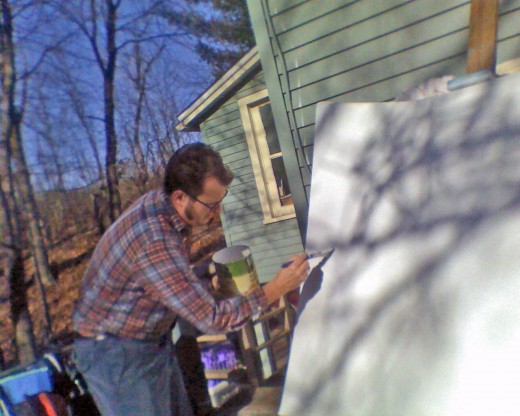
Buy Ben Zoltak's first eBook !

If you liked this article, you may enjoy another art article by Ben Zoltak:
- How To Price Quote An Art Commission
When I meet someone from around the world, someone not from my home country of the USA and I tell them I am an artist they tend to ask a question that my countrymen don't often ask. Namely they ask, what is...
